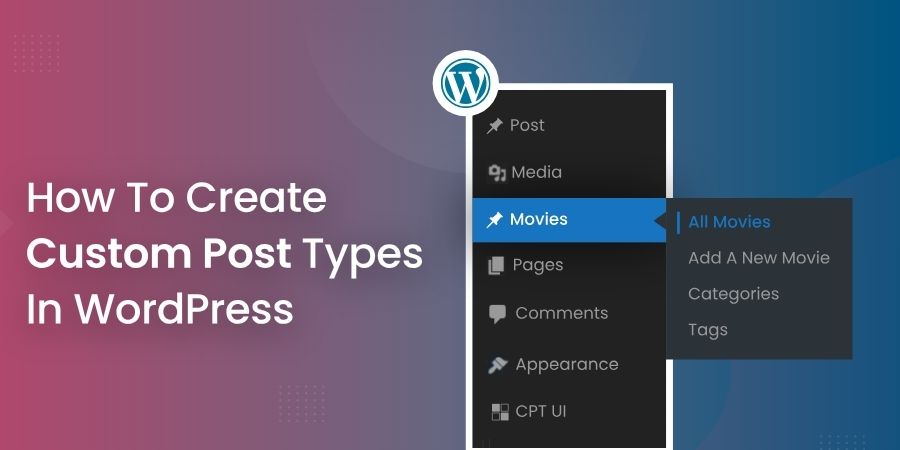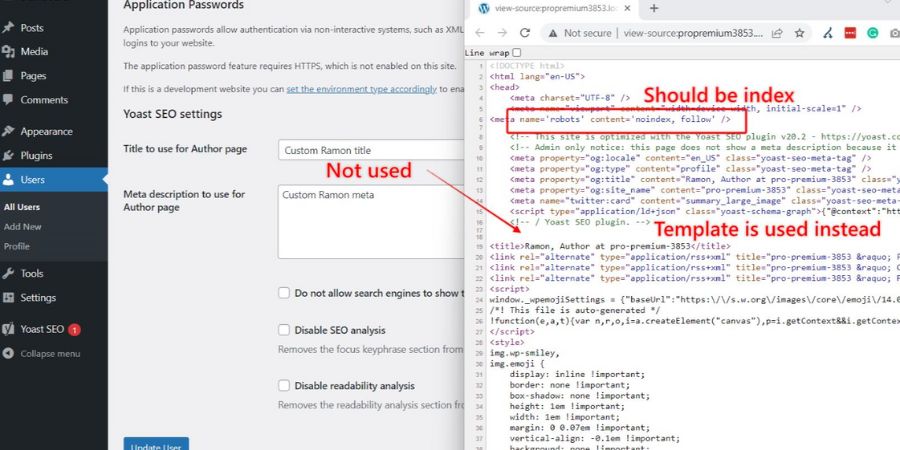In WordPress, the attachment feature is commonly used for media files such as images WordPress Attachments to Custom Post Type Not Have a Parent . When you attach a file to a post or a page, it is typically linked to a parent post, creating a clear structure. However, when it comes to custom post types, some users may notice that attachments do not appear to have a parent, causing confusion and potential difficulties in organizing media files.
This article will delve into why attachments in custom post types may lack a parent, explore the reasons behind this, and provide practical solutions for users encountering this issue.
What Are WordPress Custom Post Types?
WordPress offers flexibility in content management through various content types. By default, WordPress supports several content types such as posts, pages, and attachments. However, users can extend WordPress’s functionality by creating custom post types (CPTs). Custom post types allow site owners to manage specific content more effectively, such as portfolios, testimonials, or products in an eCommerce store.
A custom post type behaves similarly to the default post or page but with additional customization options. When you create a custom post type, WordPress automatically manages it like regular posts, allowing for additional fields, templates, and functionality.
What Are Attachments in WordPress?
Attachments in WordPress refer to media files that are uploaded through the media library. These files can be linked to specific posts or pages. WordPress treats attachments as a type of post that can be managed, edited, or deleted, similar to regular blog posts. Attachments are automatically assigned to a parent post when uploaded to a specific post or page.
However, when attachments are used with custom post types, the situation becomes more complicated. Attachments that are associated with custom post types may not always show a parent, leading to confusion.
Why WordPress Attachments Might Not Have a Parent in Custom Post Types
There are several reasons why an attachment might not have a parent when attached to a custom post type. Let’s explore the common causes:
1. WordPress Default Behavior
In most cases, WordPress does not automatically associate attachments with custom post types. WordPress’s default attachment behavior is built around posts and pages. This means when you upload an image or file and link it to a custom post type, WordPress does not consider that post type to be a valid parent. As a result, the attachment remains orphaned without a parent post.
Must Read: Quickly Find Out if Your Website Is in Production or Development
2. Custom Post Type Settings
Some custom post types are not set up to support attachments by default. While most post types (like posts and pages) naturally support attachments, certain custom post types require specific configurations to enable attachment functionality. If this configuration is missing, attachments linked to those custom post types may not have a parent assigned.
3. Missing Relationships Between Attachment and Post Type
When creating a custom post type, developers often use the supports argument to define which features a post type will support. If attachments are not explicitly included in the custom post type’s configuration, the relationship between the custom post type and attachments is broken. This results in attachments being added without any parent.
4. Plugins and Themes Interference
Sometimes, plugins or themes that customize WordPress behavior can disrupt the attachment-parent relationship. These plugins may alter how media files are handled or processed when they are uploaded, leading to attachments being detached from their parent custom post type.
How to Fix the Issue: Solutions for Attachments Without Parents
If you’re facing the issue of attachments not having a parent in custom post types, there are several solutions you can implement:
1. Ensure Proper Custom Post Type Configuration
When registering your custom post type, ensure that you enable support for attachments by including the ‘attachment’ argument in the supports array. For example:
php
Copy code
$args = array(
‘supports’ => array( ‘title’, ‘editor’, ‘thumbnail’, ‘custom-fields’, ‘attachment’ )
);
register_post_type( ‘your_custom_post_type’, $args );
By adding ‘attachment’ to the supports array, you explicitly tell WordPress that your custom post type should support attachments, which will create the parent-child relationship between the post and the attached files.
2. Use the post_parent Field for Manual Attachment Management.

If your attachments are already uploaded and don’t have a parent, you can manually assign a parent to them. This can be done by editing the attachment post type directly and setting the post_parent field. This can be done via the WordPress dashboard or programmatically using wp_update_post().
For example:
$attachment = array(
‘ID’ => $attachment_id,
‘post_parent’ => $custom_post_id
);
wp_update_post( $attachment );
This method ensures that each attachment is correctly associated with the corresponding custom post type.
3. Use Plugins for Attachment Management
There are several plugins available in the WordPress plugin repository that can help manage attachments more effectively. Plugins like “Media Library Assistant” or “Enhanced Media Library” can help you organize attachments and assign them to specific custom post types. These plugins offer an intuitive interface for managing attachments and can automatically assign a parent post when uploading media files.
4. Debug Plugins or Themes Affecting Attachments
If you suspect that a plugin or theme is interfering with the attachment functionality, try deactivating your plugins one by one and check if the issue persists. If you identify a specific plugin causing the issue, consider reaching out to the plugin developer for a fix or explore alternative plugins that don’t affect attachment-parent relationships.
Conclusion
Understanding why attachments might not have a parent when added to custom post types in WordPress is crucial for ensuring the proper organization of your media files. WordPress by default associates attachments with posts and pages but may not automatically do so with custom post types. By configuring your custom post types correctly, manually assigning parents to attachments, or using plugins, you can resolve this issue and ensure that your media is organized and properly linked to your custom content.
FAQs
Q: Why don’t my attachments have a parent when added to custom post types?
A: By default, WordPress does not associate attachments with custom post types. This can be due to missing configuration or support for attachments in your custom post-type setup.
Q: How do I add support for attachments in a custom post type?
A: To add support, you need to ensure that the ‘attachment’ feature is included in the supports array when registering your custom post type.
Q: Can I manually assign a parent to an attachment?
A: Yes, you can manually assign a parent to an attachment by updating the post_parent field using WordPress’s wp_update_post() function.
Q: Are there plugins that help manage attachments in custom post types?
A: Yes, plugins like “Media Library Assistant” and “Enhanced Media Library” help manage attachments and allow for easy assignment to custom post types.
Q: How can I check if a plugin is affecting my attachment functionality?
A: You can deactivate plugins one by one to identify which one may be causing the issue with attachments. If you find the culprit, consider reaching out to the plugin developer for support.
Up Next, Don’t Miss: Custom Website Development Cost Versus WordPress




